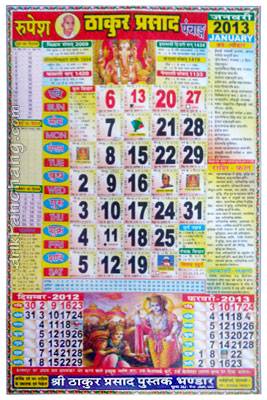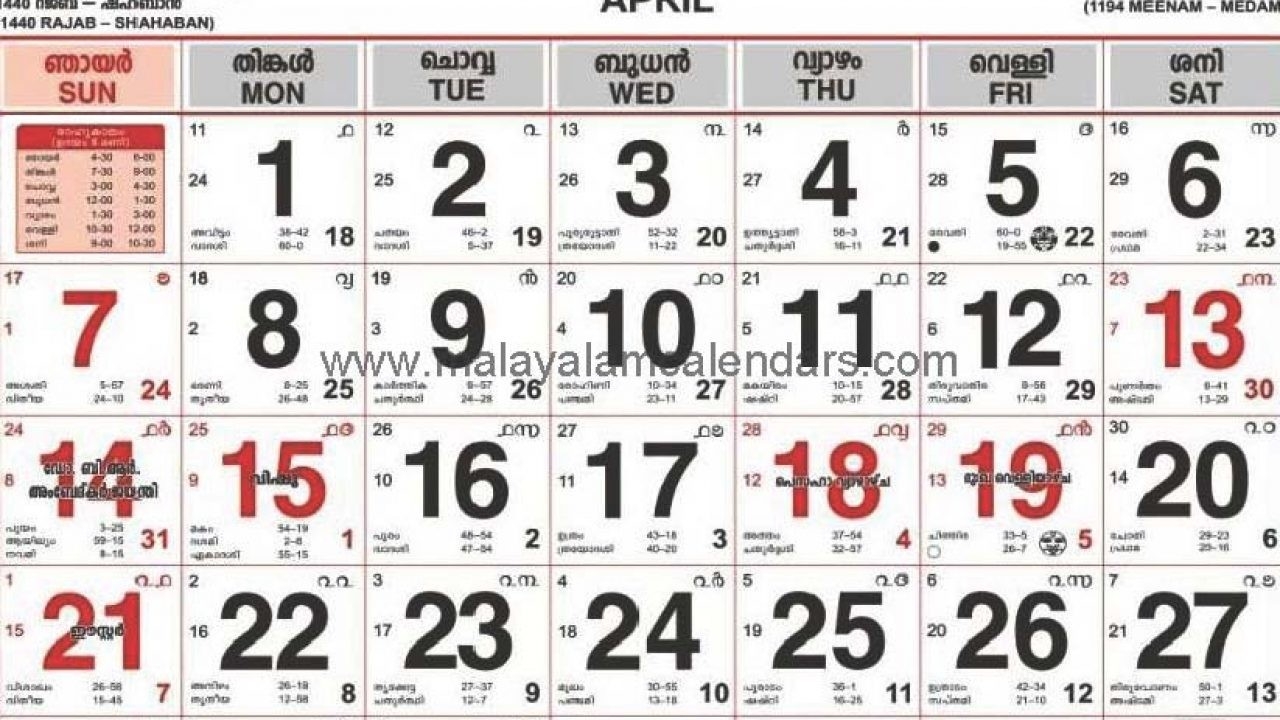Naming the months of the year in Arabic is complicated by the fact that you will encounter two different calendars in the Arab-speaking world: the Islamic or Hijri calendar, used officially and in terms of determining feast days, and the Gregorian calendar, used in business dealings with the west and, since it is a solar calendar, to mark the seasons for agricultural purposes. The Hijri calendar is a lunar calendar, and lunar calendars are always approximately 11 days shorter than our Gregorian (solar) calendar. Year 1 in the Hijri system roughly corresponds to the year 622 in Gregorian dating, the year that the Prophet Muhammad undertook the هِجْرَة (hijrah), fleeing a hostile environment in Mecca to take up residence in Yathrib, later Medinah, where he had been invited the year before. This is considered the foundational event in the origins of Islam, analogous to the birth of Christ in the Christian tradition, hence its identification with year one of the new calendar. To make conversion between the two more complicated, the authentic Hijri calendar reckons the beginning and end of each month astronomically, by lunar observance, rather than by a fixed number of days, so months can be either 29 or 30 days depending on when the moon completes its phases. There are algorithms (based on fixing the number of days in each month independent of observation) that approximate the Hijri calendar for purposes of conversion, but these may be off by a day or two in either direction. A more sophisticated method of conversion passes the Hijri date through the Jewish calendar, with which it is more compatible, and then from the Jewish calendar to the Gregorian. Basically, if you need to convert a date either to or from the Hijri calendar, Google “Hijri Gregorian conversion” and use one of the tools you find. It won’t be perfectly accurate but it will be close enough for most uses. I will list first the Hijri months, then get into the Arabic names for our Gregorian months.
Malayalam Calendar for the month of April, 2013. Meenam and Medam are the Malayalam months running through April. Medam 1, 2013 falls on April 14. Below is the Malayalam calendar 2013, April.

Hijri (هِجري) months:
- Advertisement: Data on your Website: Please contact us to display panchang data on your website for free. Mailing List Subscription: Subscribe to our mailing list to get updates on festival dates in various parts of the world (if you are living outside India you should subscribe as the festival dates observed in India is different in other parts of world).
- The Malayalam calendar or the Kolla Varsham has been in place since CE 825. 1193 Kolla Varsham or Malayalam Year of the Malayalam calendar began on 17 August, 2017. This calendar is referred to when most of our events and festivals are held.
.jpg/372px-Mampalli_copper_plate_(10th_century_AD).jpg)

- المُحَرَّم (Muḥarram)
- صَفَر (Ṣafar)
- رَبيع الاوَّل (Rabīʿ al-Awwal)
- رَبيع الثاني أو رَبيع الآخِر (Rabīʿ al-Thānī or Rabīʿ al-Ākhir)
- جُمادى الأولى (Jumādá al-Ūlá)
- جُمادى الثانية أو جُمادى الآخِرة (Jumādá al-Thāniyah or Jumādá al-Ākhirah)
- رَجَب (Rajab)
- شَعبان (Shaʿbān)
- رَمَضان (Ramaḍān)
- شَوّال (Shawwāl)
- ذو القَعدة (Dhū al-Qaʿdah)
- ذو الحِجّة (Dhū al-Ḥijjah)
Now for the Arabic names for our Gregorian calendar months. But there’s another complication! There are at least four different versions of the Gregorian calendar in use depending on what part of the Arabic-speaking world you find yourself in. Iraq and the Levant (Syria, Lebanon, Jordan, Palestine) base theirs the old Babylonian calendar, with Aramaic names for the months. The Gulf states (Kuwait, Saudi Arabia, Bahrayn, Qatar, the UAE, and Oman), along with Egypt, Yemen, and Sudan, use a fairly straightforward transliteration of the Gregorian months. Algeria and Tunisia also transliterate, but because they were French colonies for so long, their transliterations are slightly different. Finally, Morocco also has its own system of transliterating the months, maybe an artifact of Tamazight (Berber) pronunciations of the Roman/Julian calendar months. A fifth variant, a unique system imposed upon Libya by Gathafi (read this if you’re wondering why I render his name that way), was abolished in 2011 and I haven’t bothered to include it. The table below lists the months with all four Arabic variants:
2020 October Malayalam Calendar
English name | Levant/Iraq | Gulf/Egypt/Sudan | Algeria/Tunisia | Morocco |
January | كانون الثاني (kānūn al-thānī) | يَنايِر (yanāyir) | جانفي (jānfī) | يَنايِر (yanāyir) |
February | شُباط (shubāṭ) | فِبرايِر (fibrāyir) | فيفري (fīfrī) | فِبرايِر (fibrāyir) |
March | آذار (ādhār) | مارِس (māris) | مارِس (māris) | مارس (mārs) |
April | نيسان (nīsān) | أبريل/إبريل (abrīl/ibrīl) | أفريل (afrīl) | إبريل (ibrīl) |
May | أيّار (ayyār) | مايو (māyū) | ماي (māy) | مايو (māyū) |
June | حَزيران/حُزَيران (ḥazīrān/ḥuzayrān) | يونيو/يونية (yūniyū/yūniyah) | جُوان (juwān) | يونيو (yūniyū) |
July | تَمّوز (tammūz) | يوليو/يولية (yūliyū/yūliyah) | جُويلية (juwīliyah) | يوليو (yūliyū) |
August | آب (āb) | أغُسطُس (aghusṭus) | أوت (ūt) | غُشْت (ghusht) |
September | أيلول (aylūl) | سِبْتَمْبِر (sibtambir) | سِبْتَمْبِر (sibtambir) | شُتَمْبِر (shutambir) |
October | تِشْرين الأوَّل (tishrīn al-awwal) | أکْتببِر (uktūbir) | أکْتببِر (uktūbir) | أکْتببِر (uktūbir) |
November | تِشْرين الثاني (tishrīn al-thānī) | نوفَمْبِر (nūfambir) | نوفَمْبِر (nūfambir) | نُوَنْبِر (nuwanbir) |
December | كانون الأوَّل (kānūn al-awwal) | ديسَمْبِر (dīsambir) | ديسَمْبِر (dīsambir) | دُجَمْبِر (dujambir) |
Malayalam Calendar 2013 April 2019
One might ask, why didn’t the Muslims just adopt a solar calendar from the beginning? Islam was founded in a decidedly pastoral and agrarian environment, and lunar calendars are generally quite unhelpful in terms of gauging planting and harvesting seasons, because the dates don’t consistently match up with particular seasons (they are conversely very good at gauging the passing of the months, since they are directly based on the moon’s movement through its phases). It does appear that there were several calendars in use around Arabia before the rise of Islam, and that many followed a “lunisolar” system in which the months are reckoned according to lunar phases but are spaced apart from one another through intercalation, the Arabic term for which is نَسيء (nasīʾ, “postponement”). Extra days, either in one unit or spread through the year, would be inserted into the calendar to insure that the lunar months also corresponded to the same solar times each year. This made the calendar useful for farming and was particularly helpful in a pilgrimage center like Mecca, where regularizing the calendar in this way ensured that the pilgrimage always took place at the same solar time each year, which (not coincidentally) just happened to be the time of the year when Meccan merchants were likely to have their stocks at their fullest. For whatever reason, maybe simply to keep the new community distinct from its neighbors, God (or Muhammad, or later officials, depending on your perspective on Quranic origins) expressly forbade nasīʾ in سورة التَوبة (“Sūrat al-Tawbah”), the ninth sūrah of the Quran.

